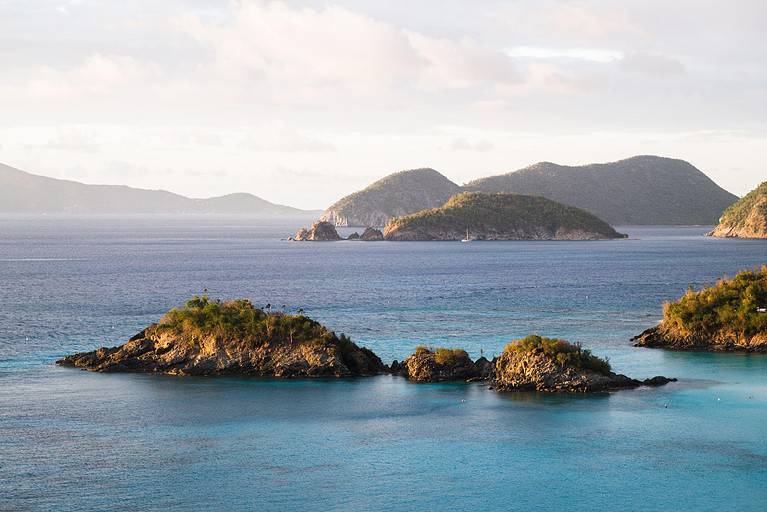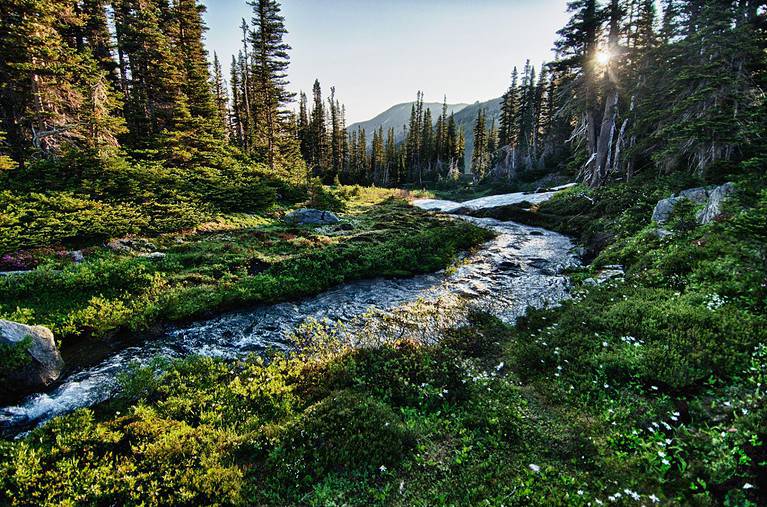The Best Time to Visit Big Bend National Park

Located in southern Texas, Big Bend National Park has been attracting tourists since it became a national park in 1944. The name “Big Bend” stems from the Rio Grande as the river takes a massive turn in this park. The Rio Grande is not only the national park’s boundary but also the country’s boundary. North of the Rio Grande gives you Texas, and South gives you Mexico.
Why Do People Visit Big Bend National Park?
The 1,252 square mile or 3,242 square kilometer park attracts over 500,000 visitors annually. People come here for several reasons and several goals. Many visit Big Bend National Park for hiking, there are over 150 miles of hiking trails located within the park making it an adventurer’s paradise. The park is also a hotspot for dinosaurs, over 90 dinosaur species once lived here with remnants still being uncovered to this day. Lastly, people visit the park to see the mountainous desert terrain that makes the park truly unique.
Top Sights at Big Bend National Park
Lost Mine Trail is a highlight of many people’s trips to this park. It’s a 2.4-mile or 3.8-kilometer trail that rises over 1,000 feet or 300 meters above the desert valley. The hike takes an average of around 3 hours but the views from the top will make it all worth it. Make sure to bring plenty of water and snacks cause the way up can be pretty difficult. Another attraction at the park is the Fossil Discovery Exhibit. Learn about Big Bend’s history along with some incredible discoveries made in this park. If you’re visiting in summer, the Fossil Discovery Exhibit is a great place to cool down from the Texas heat.
When is the Best Time to Visit Big Bend National Park?

So now you know what to do in Big Bend National Park, the question now is when to visit. That’s what we’ll cover in this next section. We’ll talk about weather, crowds, events, and so much more so that you can visit at the right time. Each person’s preferences are different so the question of when to visit will vary for each person. Let’s jump right into the data!
Temperature
Let’s start with the obvious, Big Bend National Park is in south Texas, a place that gets extremely hot in the summer. Big Bend is experiencing an unusual heat wave as I’m writing this article. Temperatures have soared to over 115°F or 46°C. These kinds of temperatures aren’t normal though and you probably won’t see temperatures in the third digits. As it’s a desert, the temperatures do get pretty cold in the winter. You’ll be surprised to hear that snow in Big Bend isn’t uncommon on the higher elevations. With that being said, let’s jump straight into the data!
January: Average high of 61.5°F, low of 37.5°F
February: Average high of 67.7°F, low of 41.7°F
March: Average high of 75.2°F, low of 47.9°F
April: Average high of 83.7°F, low of 55.8°F
May: Average high of 89°F, low of 63.2°F
June: Average high of 95.2°F, low of 70.3°F
July: Average high of 95.5°F, low of 71°F
August: Average high of 92.2°F, low of 70.7°F
September: Average high of 85.7°F, low of 64.8°F
October: Average high of 81.3°F, low of 57°F
November: Average high of 70.6°F, low of 46.6°F
December: Average high of 63.1°F, low of 39.1°F

This data has some inaccuracy to it. These temperatures are the average among all elevations, so keep in mind that these temperatures will vary depending on the elevation. Even then, it’s easy to tell that summer gets hot. The winters are surprisingly cold so spring and fall seem like the best time, but we still have other factors to consider.
Rain
As Big Bend National Park is a desert, rain won’t prove to be an issue meaning that this column is close to worthless. In summer, rain proves to be more beneficial than harmful because it provides some relief from the scorching Texas sun. Without further waiting, here are the numbers.
January: Average rainfall of 0.69 inches
February: Average rainfall of 0.38 inches
March: Average rainfall of 0.31 inches
April: Average rainfall of 0.36 inches
May: Average rainfall of 1.51 inches
June: Average rainfall of 1.55 inches
July: Average rainfall of 1.93 inches
August: Average rainfall of 2.01 inches
September: Average rainfall of 1.75 inches
October: Average rainfall of 0.66 inches
November: Average rainfall of 0.82 inches
December: Average rainfall of 0.51 inches

The data is self-explanatory, it’s extremely hot in summer and fairly cold in winter. Weather isn’t the only thing when deciding when to visit a place, there are several other factors, some of which we’ll cover below.
Crowd

Big Bend National Park is often referred to as one of the least visited national parks in the country despite its massive size. This is partly due to few people wanting to visit in summer due to the heat and due to its geographical location. There are no towns around the park, and the closest city is over 4 hours from the park. You will never find the park overcrowded, so going at a time with more people might be a better option. So winter and spring would be your best bet in that case.
Events
Events are held throughout the year but much more frequently in winter. You can check out this link to see all the available events. Events can range from explorations, gatherings, and tours, I’m sure that at least one event will speak to you.
Summary

Now that we’ve covered all aspects of your potential trip, deciding on when to go should be much easier. If the decision was up to me, I would go in early spring because the temperatures are perfect and the events are plenty. This shouldn’t change your preference as each person’s decisions will vary. I hope you found this blog post helpful and informative, I wish you a fantastic trip to Big Bend National Park.
Going Locations on Instagram





